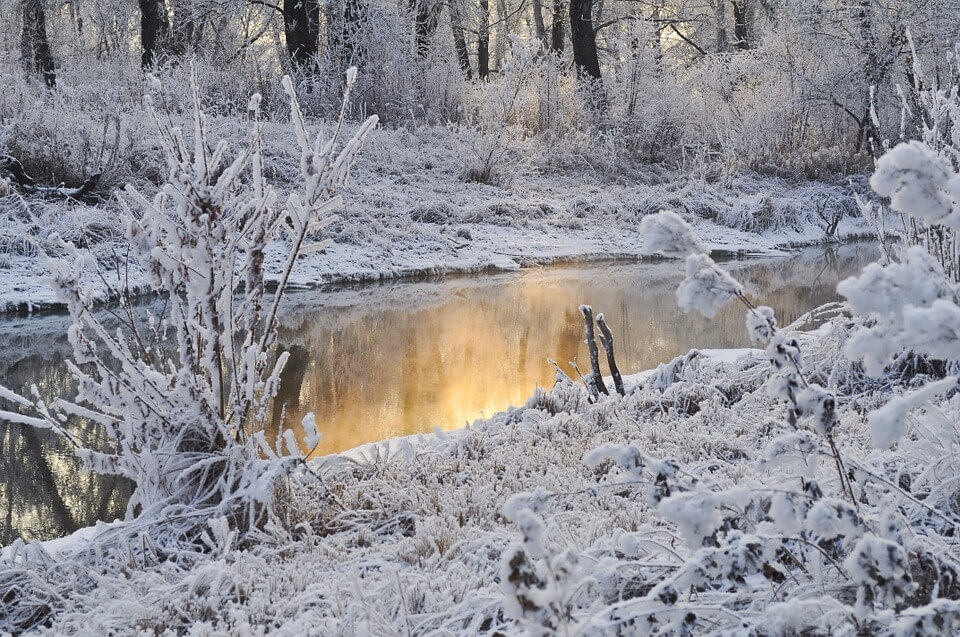Winter Weeds
by Margaret Manning
Broadcast 11.24.2015

Listen: Winter Weeds by Margaret Manning
As you travel about Montana’s fall and winter landscape, you’re bound to see the brown and gray patchwork of roadside weeds. We tend to classify weeds as those nuisance plants that grow where they are not wanted. It’s a rather subjective definition. Often the “weedness” of a plant rests in the eyes of the beholder. One person’s weed may be another person’s wildflower. To me these remnants of summer look like survivors the morning after a great party.
Many weedy plants, like cheatgrass and thistle, are not native to this area. So how did these uninvited guests get here? You might discover the answer if you get out to gather some dried plants for a winter bouquet. Your wool mittens will soon be bristling with “hitchhiking” burrs and seeds.
Weeds exhibit a hardiness characteristic of plants that grow where they are not wanted. A weed is a pioneer species, an aggressive opportunist that takes advantage of land disturbed by human or natural activity. It is advantageous for weedy plants to colonize quickly. So they grow rapidly, have a huge seed output and have adapted for efficient seed dispersal. Lasting into winter is important to these plants to give them extra time to scatter their seeds.
Weed seeds are particularly well adapted for traveling. Otherwise, they would fall directly under the parent plant and overcrowding would soon prevent most seedlings from growing. Many plants have evolved ingenious methods to ensure that their seeds reach places where seedlings can grow successfully. Plants such as dandelions, thistles and milkweed produce downy seed parachutes that drift with air currents. The seeds of wild oats wiggle and jump along the ground as they get alternately wet and dry. The hitchhiking seeds of houndstongue have hooks that catch on to animals, giving their seeds a free ride. Another means of hitchhiking is used by plants with seeds that develop in a fruit eaten by a bird or mammal which then pass through the animal’s digestive tract and are deposited some distance away.
Weed seeds are quite hardy and can outlast the rigors of winter until conditions are favorable for germination and growth. As Ralph Waldo Emerson said, “A weed is a plant whose virtues have not yet been discovered.” Despite their bad reputation, weeds provide food for birds and homes for wintering insects. If you look closely, you may even discover a rugged beauty in their ability to withstand winter to ensure their seeds’ dispersal.
Every week since 1991, Field Notes has inquired about Montana’s natural history. Field Notes are written by naturalists, students, and listeners about the puzzle-tree bark, eagle talons, woolly aphids, and giant puffballs of Western, Central and Southwestern Montana and aired weekly on Montana Public Radio.
Click here to read and listen to more Field Notes. Field Notes is available as a podcast! Subscribe on iTunes, Google Play, or wherever you listen to podcasts.
Interested in writing a Field Note? Contact Allison De Jong, Field Notes editor, at adejong [at] montananaturalist [dot] org or 406.327.0405.
Want to learn more about our programs as well as fun natural history facts and seasonal phenology? Sign up for our e-newsletter! You can also become a member and get discounts on our programs as well as free reciprocal admission to 300+ science centers in North America!












